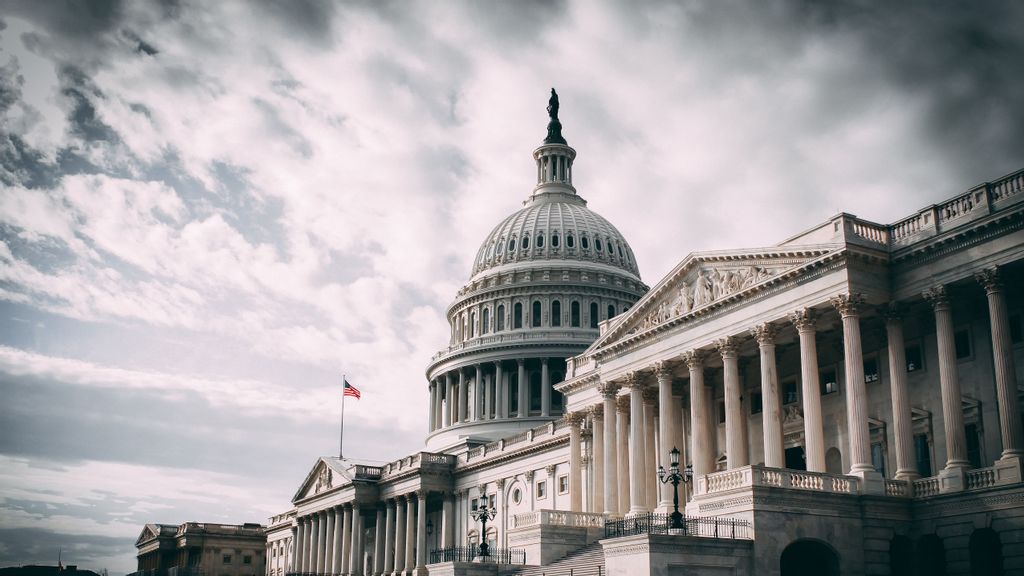SAN BERNARDINO, CA—- League of Women Voters, San Bernardino celebrated their 48th annual Citizens of Achievement and Civic Engagement Ceremony honoring community leaders and organizations on a beautiful Sunday, October 8, 2023, at the Sterling Natural Resource Center in Highland, CA.
Honorees included Francine Cepeda Blacksher in recognition for being the founder of Pacific Islander Graduate Recognition Program; Dr. Jenna Cortez-Aguirre for her work with St. Mary’s Ballet Folklorico of Redlands; Kristin Malaby for starting So Cal Trash Army clearing trash from the mountain recreation areas; Dr. Enrique Murillo, Jr., founder of Latino Education & Advocacy Days (LEAD) and appointment by President Joe Biden to the United States Advisory Commission on Advancing Educational Equity, Excellence, and Economic Opportunity for Hispanics of all age groups; Ratibu Shadidi (William “Bill” Henry Jacocks) posthumously for his community activities, civic engagement, social activism, and advocate of “Kwanzaa Consciousness;” High Desert Pearls for advocating social justice including campaigning in the high desert local schools to increase voter participation, registration, and education; Inland Empire Children’s Book Project main focus of volunteer work includes giving books to children ages 0-18 (donations and volunteers are always welcome); and Westside Action Group, unofficially known as WAG to reduce racial inequities in employment, education, government, etc. in the City of San Bernardino.
At the conclusion of the program, the League was honored with recognition from Mayor Helen Tran & Council members along with community leaders.
To make a difference in elections and public policy, consider joining the League of Women Voters at: https://my.lwv.org/california/san-bernardino-area/join-lvwsb
 Westside Story Newspaper – Online The News of The Empire – Sharing the Quest for Excellence
Westside Story Newspaper – Online The News of The Empire – Sharing the Quest for Excellence












